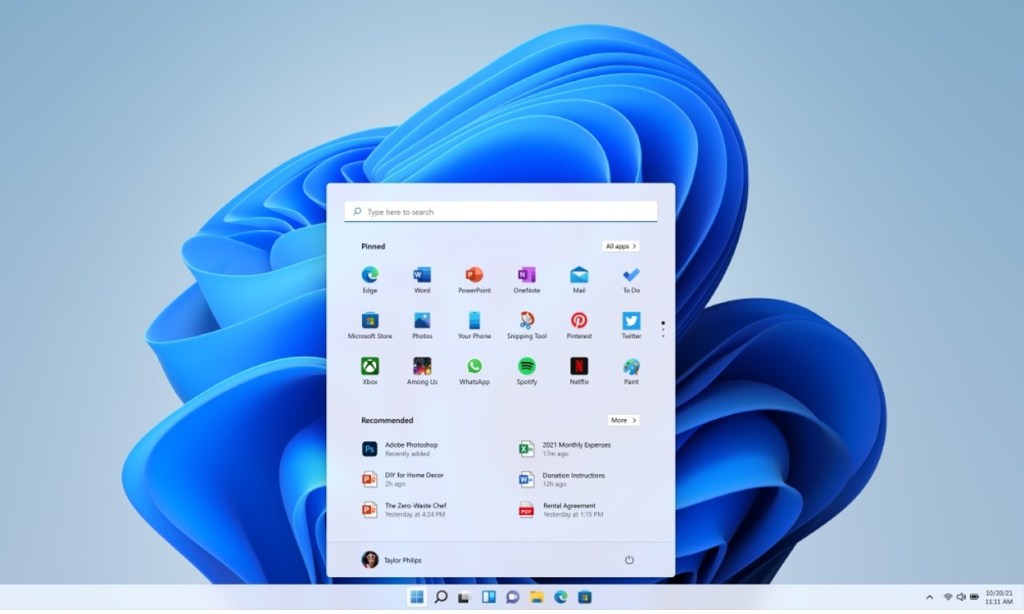
- A recent blog post by Microsoft says that it won't ease the TPM 2.0 requirement for Windows 10 PCs nearing EOL.
- Microsoft has been cracking down on methods to bypass the TPM 2.0 requirement.
- Microsoft says TPM 2.0 is not just a recommendation, but a "necessity" and a "non-negotiable" standard.
Remember the TPM chip? Yes, the one that led to people scouring the internet to find ways to run Windows 11 on unsupported hardware. It was one of the hardware requirements for Windows 10 PCs to be eligible for a free update to Windows 11. With Windows 10 nearing end-of-life (EOL) in October 2025, and people hoping Microsoft would ease the requirement, we have some bad news for you.
Microsoft says that it won’t ease the TPM 2.0 requirement despite Windows 10 nearing end-of-life soon. The reason behind the decision is that the Redmond giant wants users to stay secure on the Windows platform.
For those unaware, TPM (Trusted Platform Module) is a dedicated chip that secures your PC and OS environment at the hardware level by generating, storing, and managing passwords, BitLocker keys, encryption keys, and cryptographic keys.

Recent reports suggest that Microsoft has been cracking down on alternative methods used to bypass the TPM 2.0 requirement by patching various workarounds. Besides, there’s another prerequisite for updating to Windows 11 and that is HVCI (Hypervisor-protected Code Integrity), which is only found in CPUs launched after 2018.
In a recent blog post about TPM, Microsoft says:
TPM 2.0 is not just a recommendation—it’s a necessity for maintaining a secure and future-proof IT environment with Windows 11.
By instituting TPM 2.0 as a non-negotiable standard for the future of Windows, we elevate the security benchmark.
“Non-negotiable” basically means that there’s no going back on Windows 11’s system requirements. This unfortunately means that Windows 10 users with old hardware will be left with no option but to buy a new compatible PC, or use some of the other available workarounds. For your information, currently, Windows 10 is running on 61% of PCs and Windows 11 is installed on nearly 35% of PCs.
While we believe Microsoft’s security concern holds weight, it’s also understandable why users would want to upgrade to Windows 11 using workarounds. Ideally, Microsoft should warn users that upgrading to Windows 11 on unsupported hardware might result in an unsecured experience.
What are your thoughts on Microsoft insisting on the TPM 2.0 requirement and blocking workarounds? Let us know in the comments.